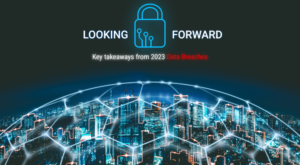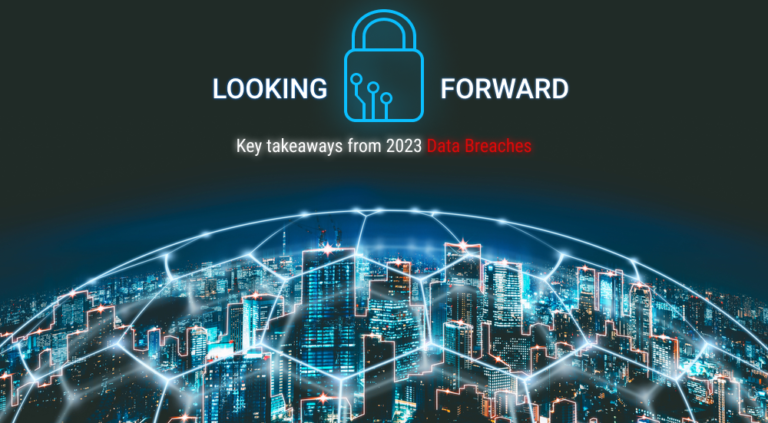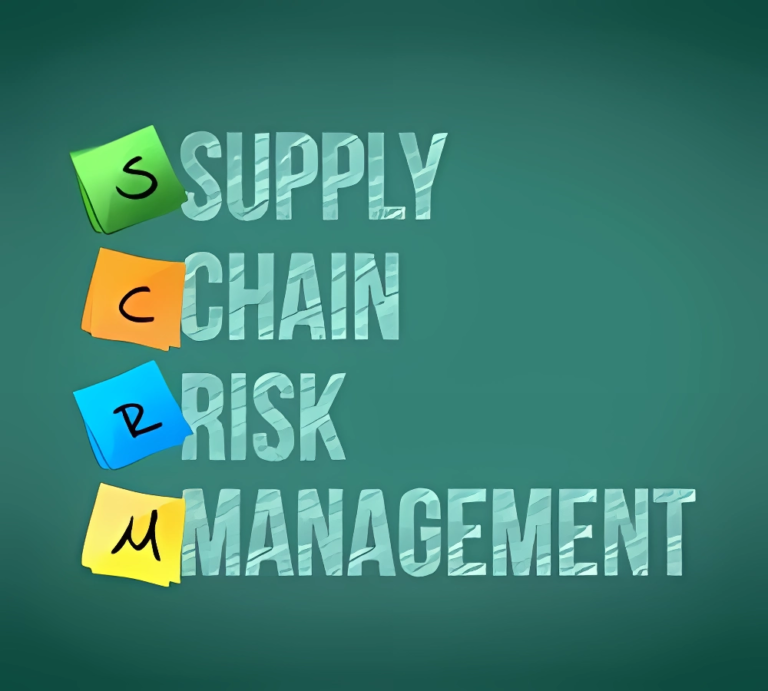
Remote Workforce Causing Headaches – There’s an Aspirin for that
Recently, J.P. Morgan hosted Screener Day, marking the inception of a full-day Wall Street investor forum exclusively dedicated to the background screening industry. The insights shared during this forum reflected an understanding that not all HR managers have procedures to support an ongoing monitoring program. “From our vantage, we understand that not all HR managers have procedures in place to support an ongoing monitoring program, or even necessarily want one. However, the increased popularity of remote work has spurred greater interest in post-hire monitoring.”
At Endera, we recognize the resonance of this report with the emerging best practices within Governance, Risk, and Compliance realm. This insight serves as a springboard for deeper exploration into the evolving dynamics of the modern labor market, especially within the realm of remote work. HR managers are now beckoned to adopt robust and continuous workforce risk evaluation mechanisms. The economic indicators in the post-pandemic era underscore this necessity. With a sturdy unemployment rate, yet a concerning dip in the volume of private sector gross hiring, it is clear that traditional one-off pre-employment checks are ripe for a re-evaluation. The modern workforce is dynamic, and the tools to manage it need to match its pace.
In the era of remote work, HR managers are dealing with the headaches that come with it and may be tasked with the challenge of ensuring that potential hires meet IAL2 guidelines or similar considerations from corporate that necessitate individuals to provide evidence confirming the authenticity of their claimed identity. As hiring remote employees becomes the norm, it is vital that HR departments evolve to ensure identity proofing is feasible, not only from a compliance perspective but also from a risk perspective. In a dynamic and ever-changing professional landscape, an employee’s circumstances or background can evolve post-hire. To address this, there are innovative SaaS (Software as a Service) solutions now offering continuous post-hire screening as a seamless extension of the pre-employment background check process. These cloud-based tools, which demand no complex integration or IT implementation, function as vigilant guardians. They alert HR to any shifts in an employee’s background that may affect the risk profile of a remote employee post-hire. Such alerts can range from threats to the company’s reputation, legal and compliance risks, to concerns like domestic violence. By incorporating continuous evaluation into their toolkit, HR managers can ensure that they are always in the loop about potential threats, enabling them to act swiftly and decisively including counseling before minor issues escalate.
The pivot towards Continuous Risk Evaluation is no longer a futuristic concept but a pressing need. Continuous Risk Evaluation is not only the aspirin for remote workforce headaches but also minimizes future headaches. The pathway to this involves delving into the realm of SaaS solutions that have tailored offerings for continuous evaluation. These digital tools, which require no IT implementation, provide a streamlined, real-time glimpse into external threat signals of employees and contractors, thus enabling HR managers to collaborate with security and risk managers to act swiftly should concerns arise.
Adapting your organization’s evaluation and monitoring systems is not just about keeping up with the trends; it is about forging a forward-thinking HR strategy that safeguards organizational integrity and nurtures a culture of trust and accountability. The available SaaS solutions are designed to integrate seamlessly with existing HR processes, thus providing a smooth transition towards a continuous risk evaluation model.
The modern HR narrative is shifting, and the spotlight is on continuous, real-time evaluation to navigate the complexities of a remote workforce. The time is ripe to delve into the realm of continuous evaluation, equip yourself with the knowledge, and initiate the dialogue that could steer your organization towards a resilient and trustworthy workforce, regardless of where they clock in from. Your proactive steps today in understanding and adopting continuous evaluation will not only address the immediate challenges but position your organization as a forward-thinking entity in the evolving landscape of employment.
By continuously screening and evaluating the workforce for relevant issues and threats, companies can identify and mitigate risks early, thereby reducing potential liabilities. Whether employees are working remotely or eventually returning to an office setting, maintaining a safe and compliant work environment is crucial. Post-hire screening can aid in this by identifying potential issues before they escalate. Conducting post-hire screenings can foster a culture of trust and transparency. It demonstrates due diligence and a commitment to maintaining a reputable and safe workforce.
Here are several factors to consider, particularly focusing on the ability to detect early indicators of risk such as arrests, sanctions, bankruptcies, or license expiry:
- Comprehensive Coverage – Ensure the solution provides a broad range of monitoring across various court records and relevant public data and registries to capture a wide spectrum of risk indicators including criminal records, financial infractions, regulatory sanctions, domestic violence, and professional license expiries.
- Real-Time or Near Real-Time Alerts – Look for a product that offers real-time or near real-time alerts to allow for immediate action on new developments like arrests or license expirations which can be crucial in mitigating risks promptly.
- Ease of Integration and Use – Opt for a solution that integrates easily with your existing HR systems and offers user-friendly interface and detailed analytics. The easier it is to deploy and use, the quicker your organization can start benefiting from continuous evaluation. Typical deployments should not take more than a day or two for continuous evaluation systems
- Data Accuracy and Verifiability – Accuracy is paramount to avoid misinterpretations and ensure compliance. Ensure the solution provides verifiable data from reliable sources and has mechanisms to minimize false positives.
- Customization and Scalability – Choose a product that can be tailored to meet your specific industry and organizational needs and can scale as your organization grows or your needs evolve.
- Legal Compliance and Privacy Protection – Ensure the solution complies with relevant legal and regulatory frameworks, and has robust privacy protection measures to safeguard both employee and organizational data.
- Historical Data Access and Reporting Capabilities – Access to historical data and robust reporting capabilities can aid in analyzing trends, compliance reporting, and making informed decisions.
- Support and Training – opt for vendors that provide strong customer support and training to ensure your HR team can effectively use the continuous evaluation product.
- Cost Effectiveness – Evaluate the pricing structure of the solution and assess the cost versus the value it brings in terms of risk mitigation, compliance, and operational efficiency.
- Transparency and Control – Ensure that the system allows for transparency in what data is being monitored and how alerts are being generated, along with sufficient control for administrators to manage the process.
By carefully considering these factors and aligning the capabilities of continuous evaluation products with your organizational needs and goals, you can make a more informed decision that will serve your company well in the long term.













